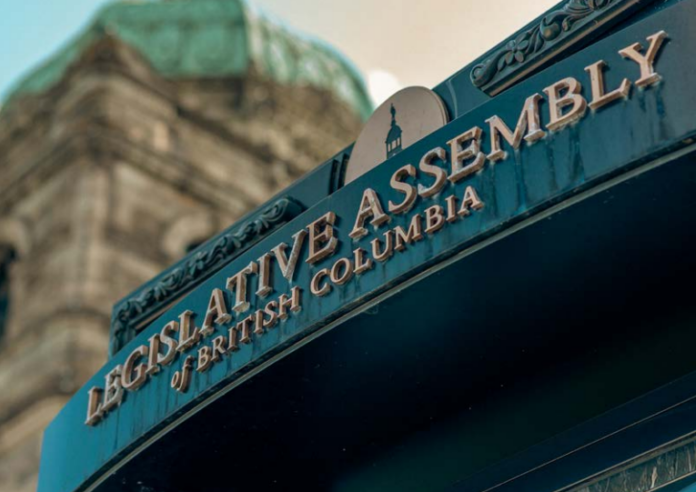With the pandemic in the rearview mirror, the provincial government says focusing on how to accommodate a forecasted 49 per cent population growth is the next challenge.
According to a study by the province shows BC is expected to reach a population of 7.9 million people in 2046, but while the growth boom is expected to hit across the province the study shows most of the increase will be concentrated in the Lower Mainland/Southwest region.
This increase has some people wondering if the province is ready to handle the increase, especially with the current demand for affordable housing, transit, and what some community groups are calling a shortage in mental health facilities.
Minister of housing Ravi Kahlon says addressing affordable housing for the future is just one thing the government is looking at before the population starts to boom.
“There is no one solution that will solve this problem for the future,” he says. “It is going to require some real changes of how we decide, and how we agree to have housing built.”
According to the province’s population report from 2023, British Columbia saw an increase of over 62,000 people coming to BC with most of them coming from outside of Canada, and only 45,647 homes were built in 2023 including 6,522 single detached and 39,125 multi-unit homes which is down by 10 per cent from the previous year.
Kahlon says to bring these numbers up for the expected growth, business habits need to change to get homes built for 2046.
“Changes we’ve made is about cutting the red tape and getting a ‘yes’ answer in a quicker way to get homes built,” he says. “But there is no way we can address this issue without government directly accessing affordable housing.”
Housing is a key factor when it comes to an increase in population and with so many people struggling across the province with homelessness Nanaimo MLA Sheila Malcomson says the way forward is to look at the resources in each community.
“We have more investments in healthcare, affordable housing and more family doctors,” she says. “We also have unprecedented investments in transportation, but there is a lot more to do.”
“If over the past 20 years, there had been investments in physical infrastructure, affordable housing, and tackling some of these challenges then we’d be in a much better situation than we are now to handle the growth,” she says.
She says part of ensuring each region has a proper balance when it comes to growth is making sure the economy runs.
“We need new people in each community to help us build out in all areas,” she says. “There is a real tension between population growth and also needing more workers and more people to make the economy run smoother.”
Malcomson says the provincial government knows there is a forecasted population spike on the horizon and that is why they are trying to make sure the crises are dealt with in a quick timely manner.
“We’re looking to get more people off the streets and into housing to stabilize them and get them ready for the housing we are building,” she says.
Nanaimo is expected to see a 51 per cent increase in population by 2046 with Campbell River seeing a 48 per cent increase, Courtenay 57 per cent and North Cowichan seeing 44 per cent.






